Akoya Vs. South Sea Pearls – How To Choose The Perfect Strand

You may be wondering why there is so much buzz around pearls. Pearls are unique because they are the only gem material made from a living creature.
They are not mined from the ground like other gemstones.
They are also beautiful in their natural form and do not require polishing or cutting like rubies, emeralds, and diamonds.
And speaking of pearls, two types stand out from the saltwater pearl world. The South Sea and Akoya pearl.
The first noticeable difference is the size. Akoya pearls are smaller than South Sea pearls.
They also have a slightly different appearance.
For instance, Akoya pearls are the classic white pearls of the pearl world, and they spot a mirror-like luster.
South sea pearls spot a white, silver, or gold appearance and have an unparalleled shimmer.
They have an 'orient' feature in their luster. It is an enchanting color play that hovers and glows around their surface.
Ensure you find the right type because quality is critical. Also, consider your fashion style and use.
For instance, pearls for everyday use may not be suitable for special events.
Also, ensure you have the real thing that will retain its value and not some imitation.
Akoya Pearls
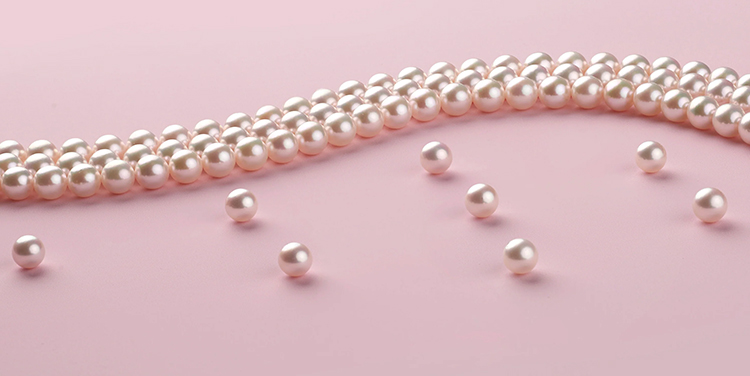
The roundness of the Akoya pearls gives it away. They are perfectly round, and the best quality ones have high luster.
It is also rare for Akoya pearl oysters to produce more than two pearls in one harvest, which makes them rare.
And rarity is why they have a higher perceived value. Most of it is produced in Japan. They also produce them in China, Vietnam, and Australia.
Pearl farmers open the oyster and insert a mantle tissue and a hard-shelled bead in its shell and soft tissues.
This is called nucleation. And it triggers the oyster to secrete nacre that blossoms into a pearl.
This delicate process happens in Japanese pearl farms and could take anything between 10 and 18 months.
Akoya pearls are valuable, beautiful, and rare. They have a perfectly round shape and excellent luster.
But they are also expensive and take more resources to produce.
They have thinner layers and are smaller, so they may not suit those who like bigger pearls. They are also quite delicate.
South Sea Pearls
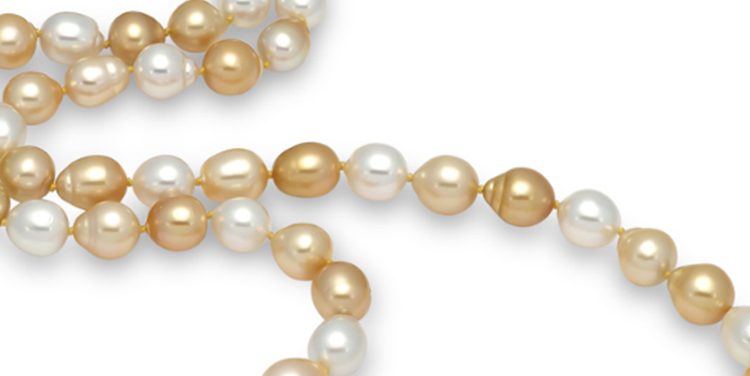
South Sea pearls have an enchanting color play across their surface. Their luster is satin-like.
They produce vivid reflections. South Sea pearls also tend to be larger.
You will find them in honey gold or white, with sizes from 8 to 20mm, with an average size of around 12-13mm.
They have an irregular shape, but you will see many round ones.
South Sea pearl farmers irritate the soft tissues of wild oysters, which prompts them to secrete nacre.
Then, they check the oysters after 3-4 months to ensure it has not rejected the irritant.
They discard those that do and return those producing pearls to their isolation bay.
The nacre spreads over the irritant and hardens until it forms a luminous pearl.
They are bigger and have a unique luster. Their nacre is also the thickest on average, compared to other cultured pearls.
But they take a long time to develop, around 2-3 years, and some tend to have surface defects like wrinkles, pits, and bumps.
Comparison between South Sea and Akoya Pearls

●Price Range: South Sea pearls are costlier than Akoya pearls. The shape and size of pearls are critical in determining their cost.
A strand of Akoya pearls can start at $300 and reach over $10,000.
Depending on its condition, you will find a strand of South Sea pearls for around $1,000 to over $100,000.
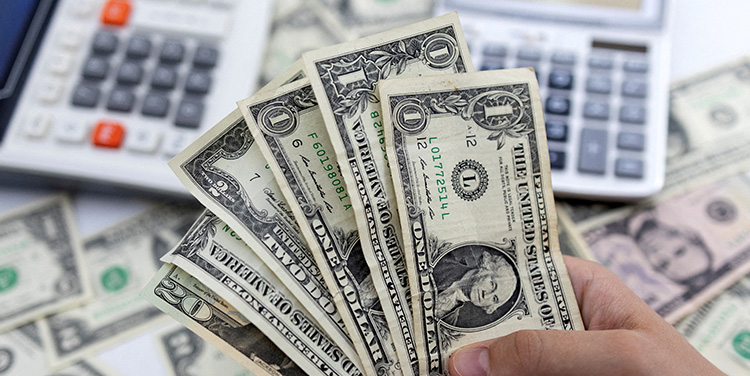
●Size Range: On average, the nacre of an Akoya pearl falls between 0.35mm to 0.7mm, while that of a South Sea pearl is around 2mm to 6mm.
Akoya pearls are always smaller than South Sea pearls. They range from 3mm to 9.5mm, while South Sea pearls can reach anything from 9mm to 20mm.
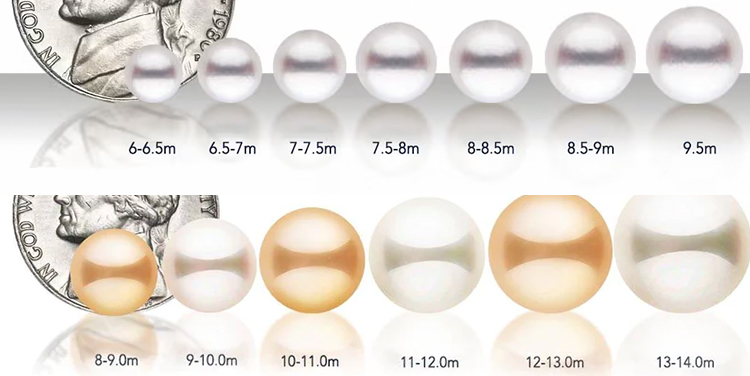
●Color Range: The color of a classic South Sea pearl is white or some variations like champagne white and silver.
You will also find colorful ones, like the golden pearls from Indonesia and the Philippines.
The highest quality Akoya pearls are usually white, but you will also find them with rose or pink undertones.
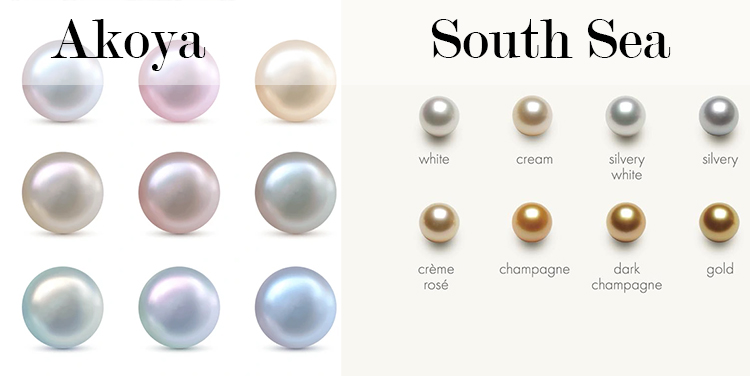
●Shape Range: Pearls are naturally formed so you can expect minor irregularities. The ideal shape of an Akoya pearl is almost perfectly round.
You will also find some that are semi-round, drop, or baroque. South Sea pearls are typically classic (round and symmetrical), baroque, or semi-baroque.

●Luster Comparison: Akoyas have the highest luster due to the environment they are cultivated.
Their luster is very bright and sharp. People often describe them as mirror-sharp.
South Sea pearls are softer and satin-like, and they glow more.
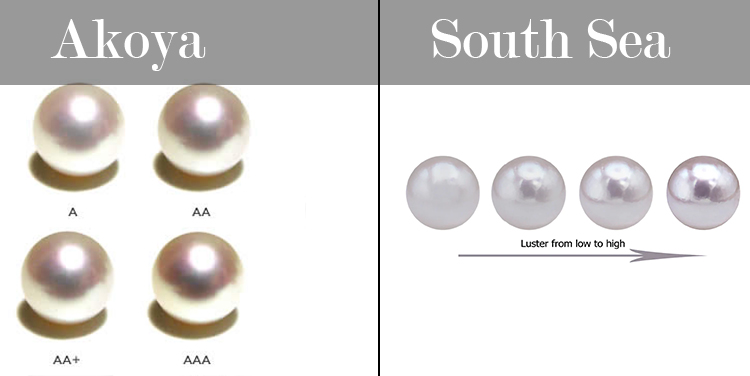
●Durability and Longevity Comparison: South Sea pearls maintain their luster and beauty and will last very long due to their thick nacre.
Akoya pearls can also last a lifetime, which makes them ideal to pass down.
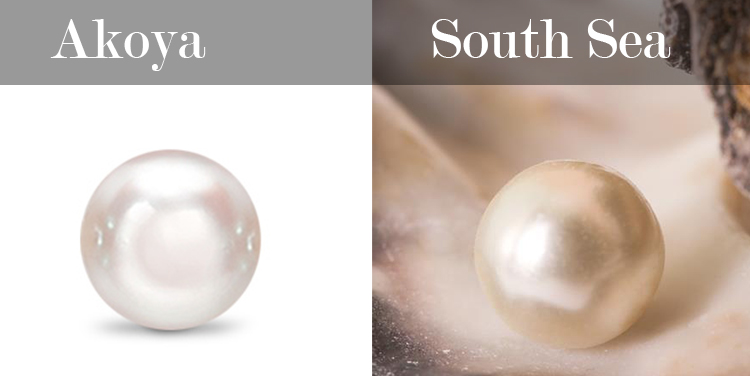
Factors to Consider When Choosing Between South Sea and Akoya Pearls
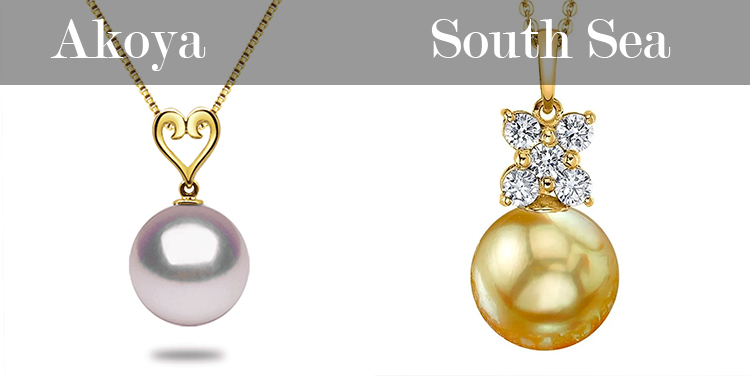
●Budget: Rounder pearls are costlier.
Also, South Sea pearls are more expensive than an average Akoya pearl.
So, consider your budget along with the cost of the pearls.

●Occasion and Attire: Do you want something for special occasions or everyday use?
Pearls with higher luster and rounder pearls would be suitable for special events.
So, perhaps you may settle for Akoya pearls for special events.

●Skin tone: Your skin tone also matters. If you have a darker skin tone, a whiter pearl might suffice, and vice-versa.
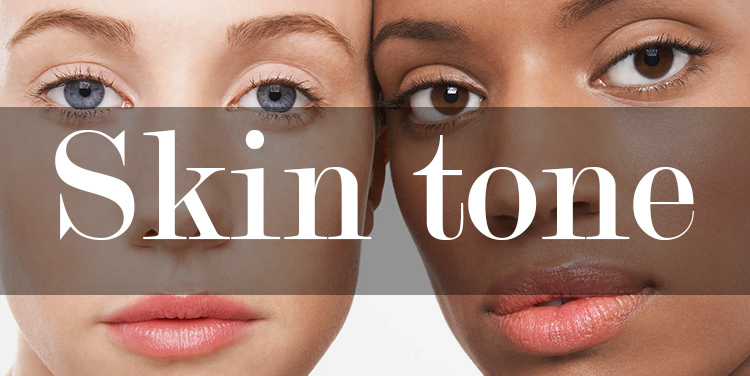
●Personal Preference and Style: Sometimes, everything else does not matter.
It all comes down to personal preference and style.
So, try both and their different sizes and shapes to decide which you prefer.

●Future Use and Investment: If you are thinking of investment and future use, you may want to consider South Sea pearls.
They hold more value than Akoya pearls.
Conclusion
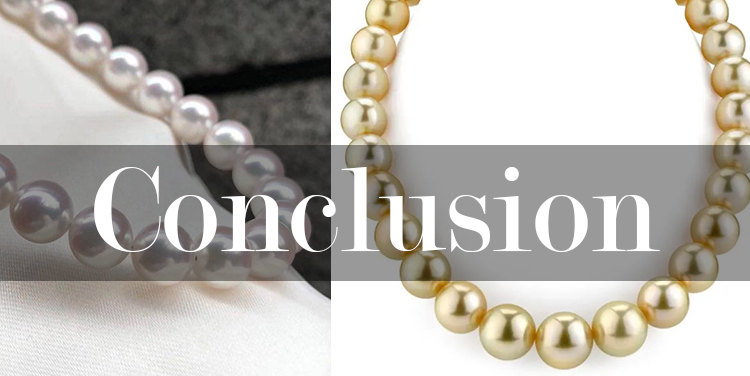
The most noticeable difference between South Sea and Akoya pearls is the size, as South Sea pearls are larger.
But Akoya pearls are rounder and have a higher luster. Like with most things, there is no one perfect fit for everyone.
Your choice will depend on your budget, skin tone, style, and preference.
And whichever you opt for, you will enjoy the unique radiance and elegance of saltwater pearls.
Frequently Asked Questions
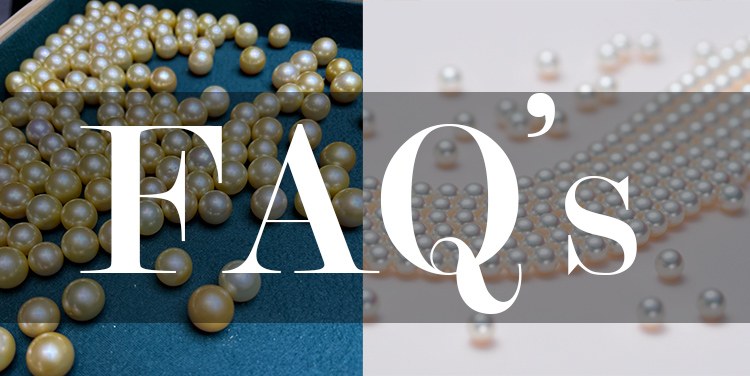
●What is the difference between natural and cultured pearls?
Natural pearls are extremely rare because they grow in the wild, where there is no human intervention, while cultured pearls grow in pearl farms managed by humans.
Most pearls in the market today are cultured.
●How do I know if a pearl is real or fake?
Telling a real or fake pearl is an art form. Examine the surface of the pearls.
Real pearls will have some minor natural blemishes and imperfections that you will not find on faux pearls.
Also, pearls that appear dull and cloudy are usually fake. Real pearls should be shiny or glowy.
Another way to detect real or fake is to rub them against each other.
Real pearls produce friction; fake ones do not.
●What is the difference between freshwater, Tahitian, and South Sea pearls?
The main difference is their formation environment.
Tahitian and South Sea pearls are saltwater pearls from oysters living in saltwater environments.
Freshwater pearls are developed inside freshwater mussels.
●What is a pearl's nacre thickness, and why does it matter?
A nacre is the precious material that makes up most pearls. Mollusks produce them to create the interior of their shells.
Its thickness ranges from 0.1mm to over 2mm.
Pearls with thicker luster have a higher reflective luster, which makes them more beautiful and longer-lasting.
●Can pearls be resized or repaired?
You can't restore a pearl with a damaged nacre. Once pearls start peeling off or become damaged, you cannot repair them.
●How can I tell if a pearl is of good quality?
The most critical factor is the luster. Good pearls have a sharp, shiny, and bright reflection.
You should be able to see your reflection on the surface of a good-quality pearl. Also, ensure the surface is clean.


Leave a Comment